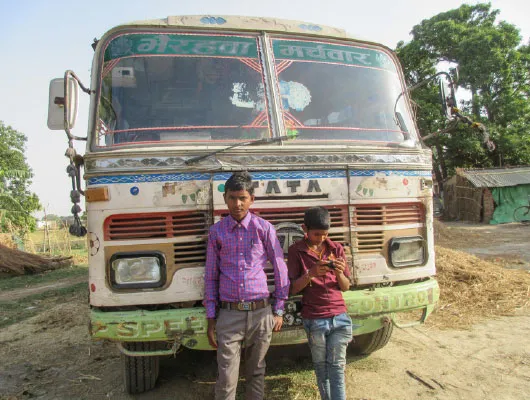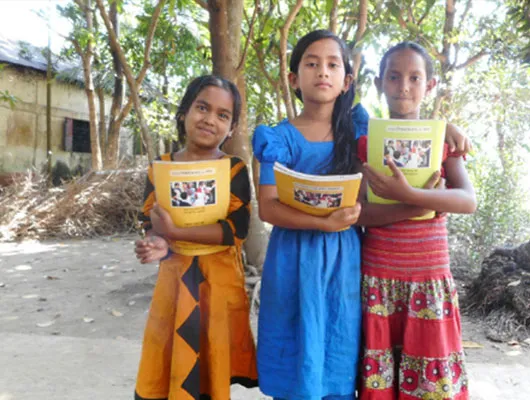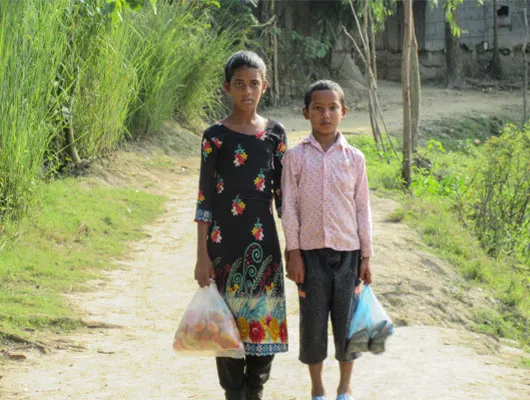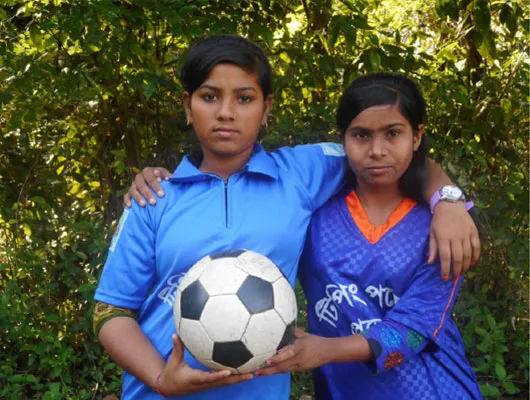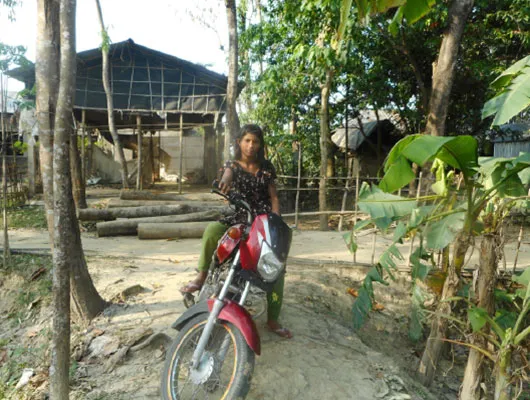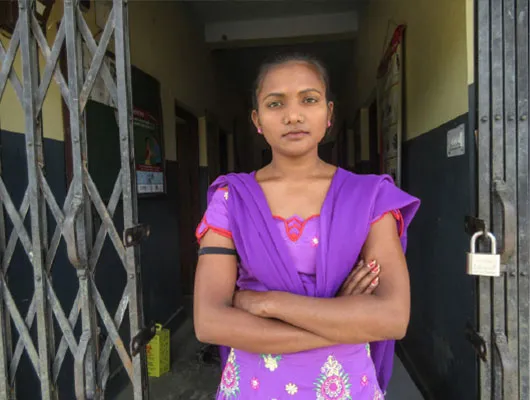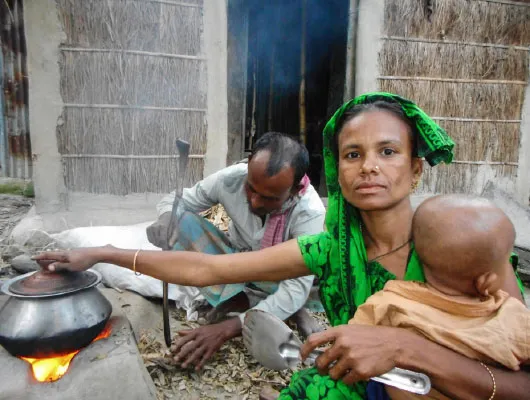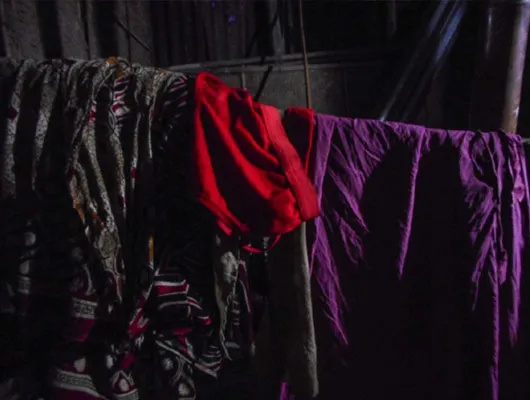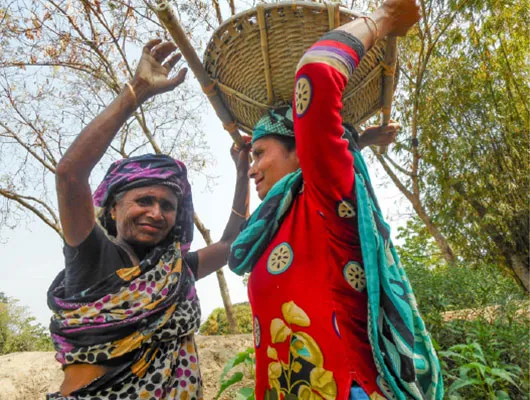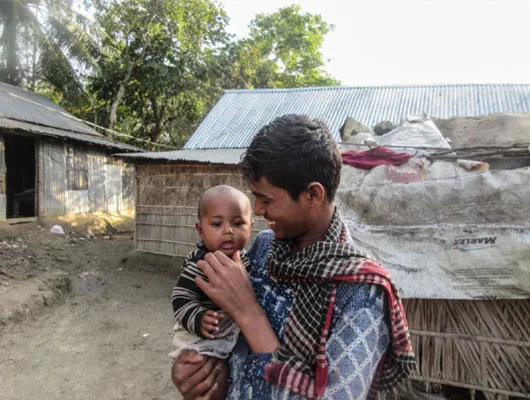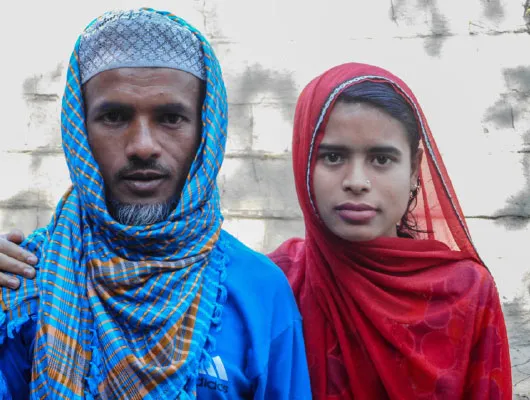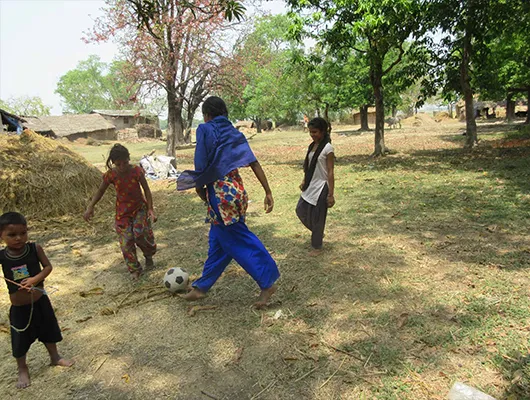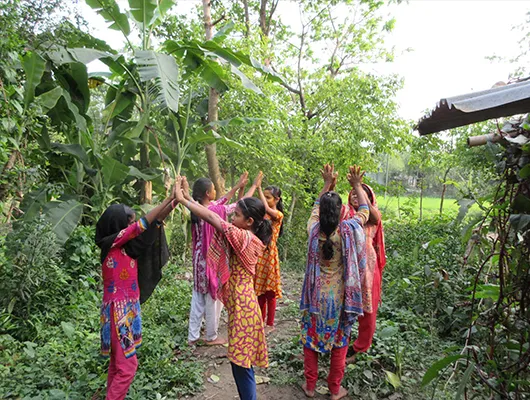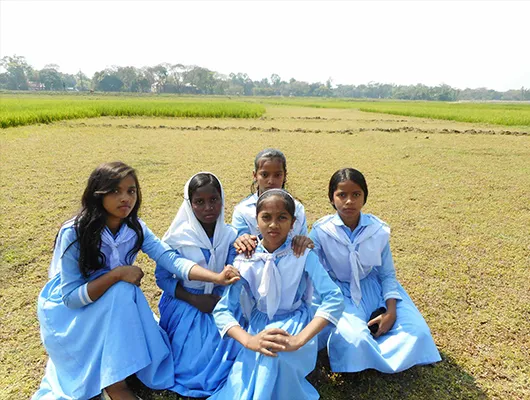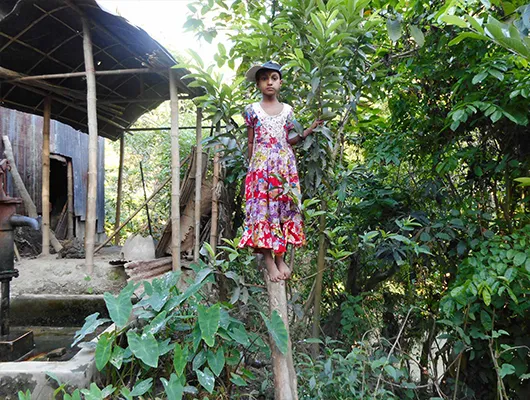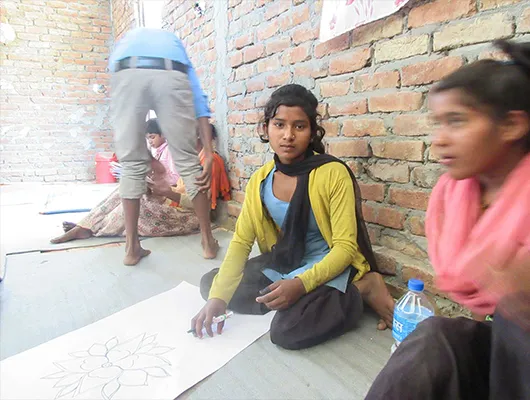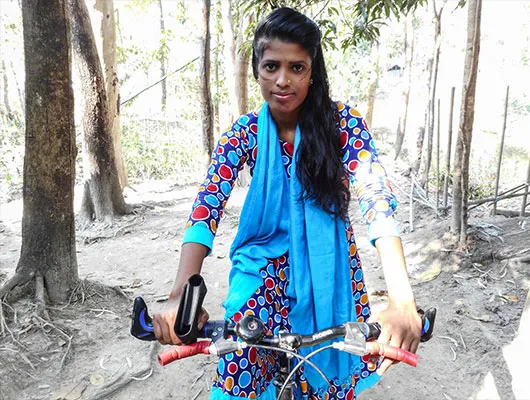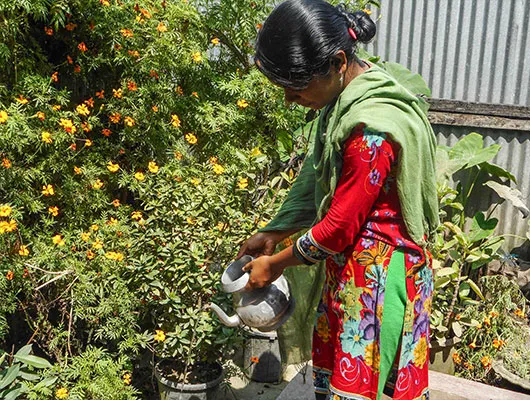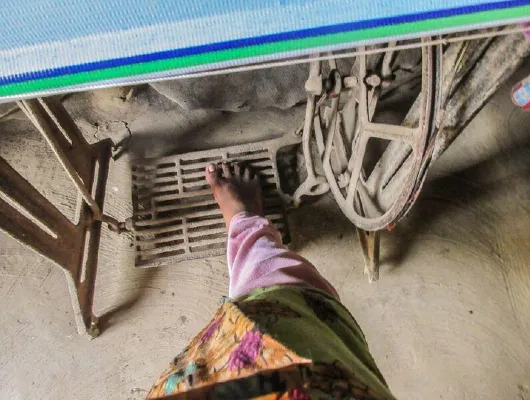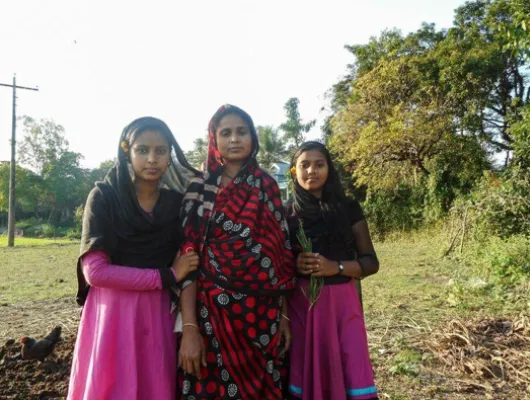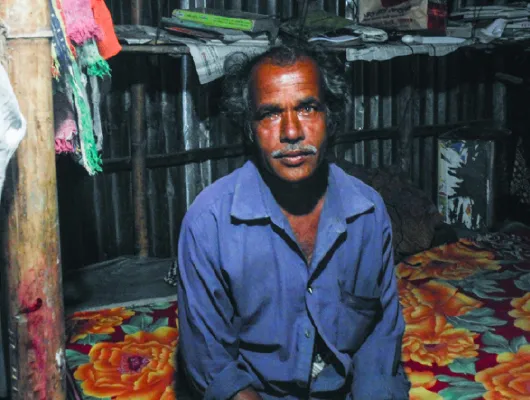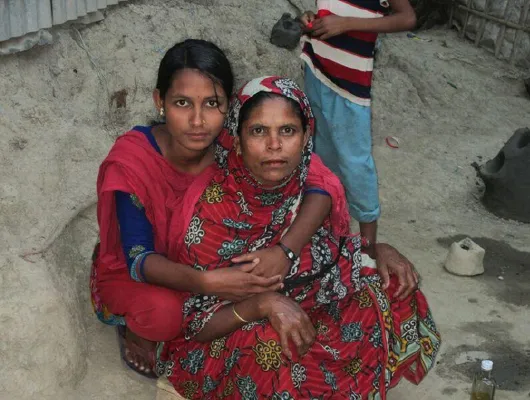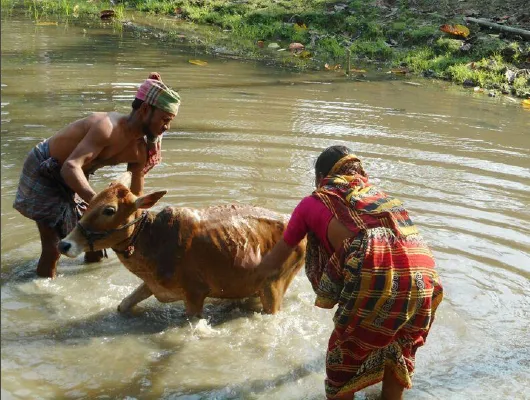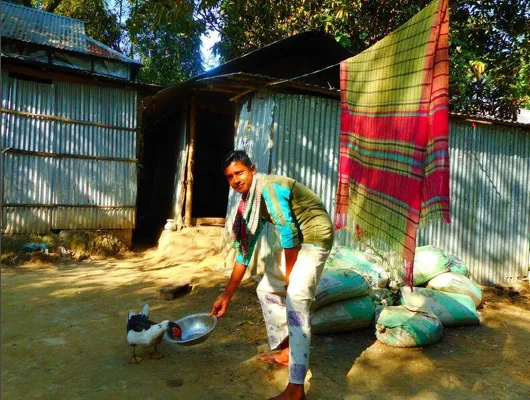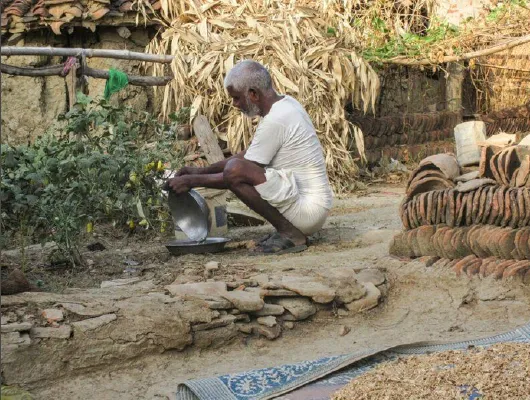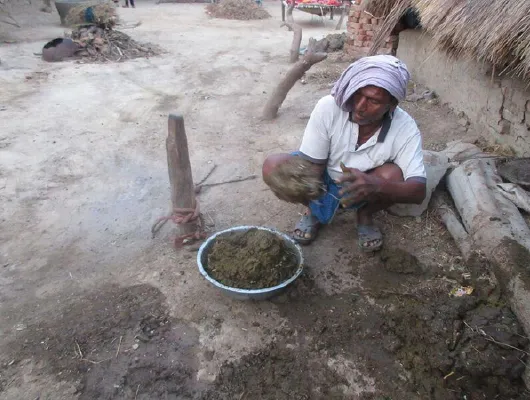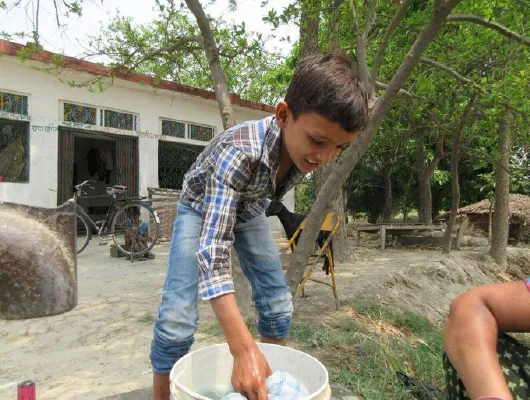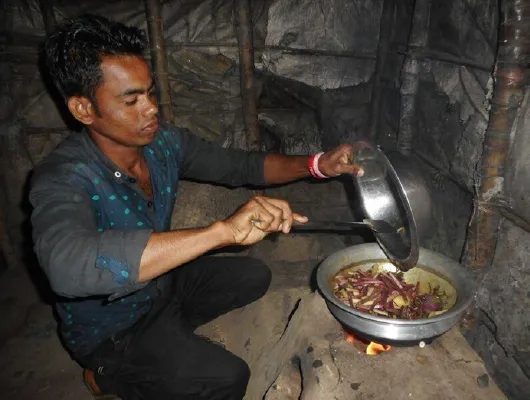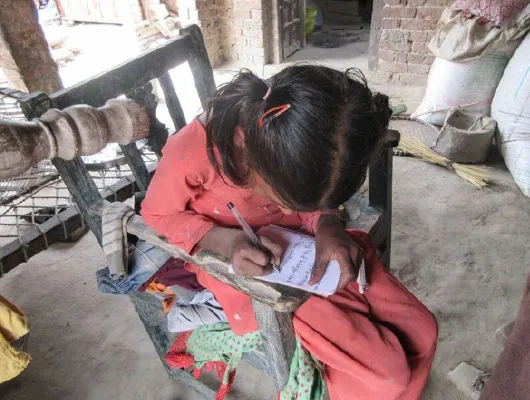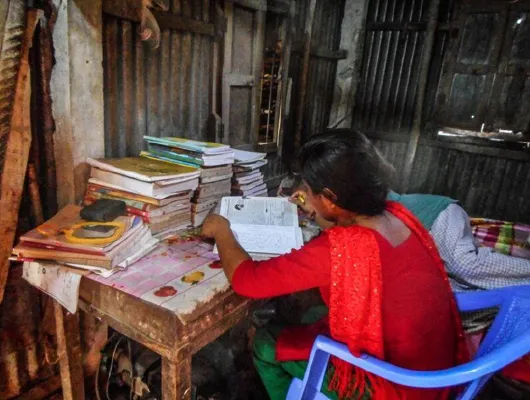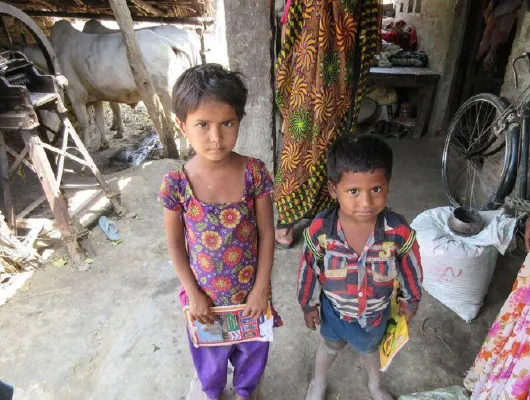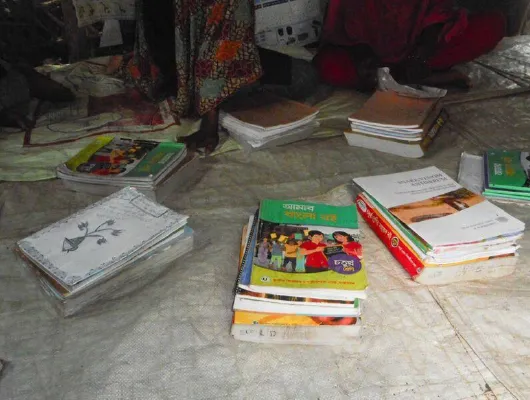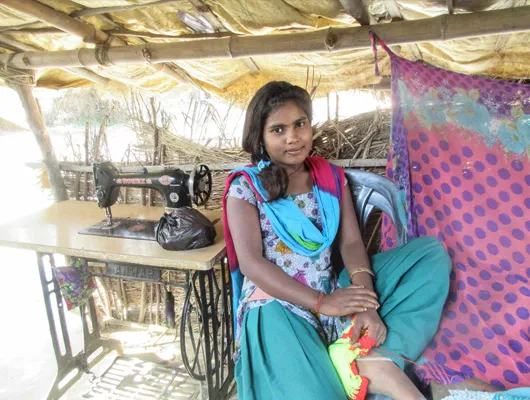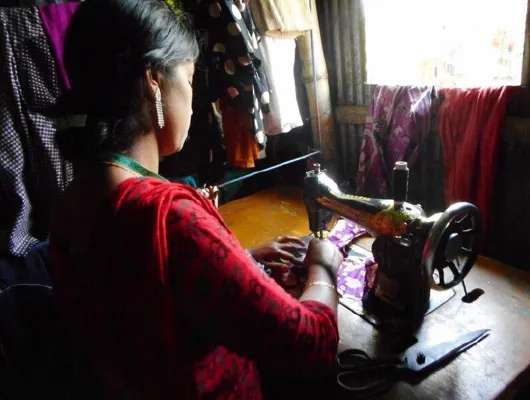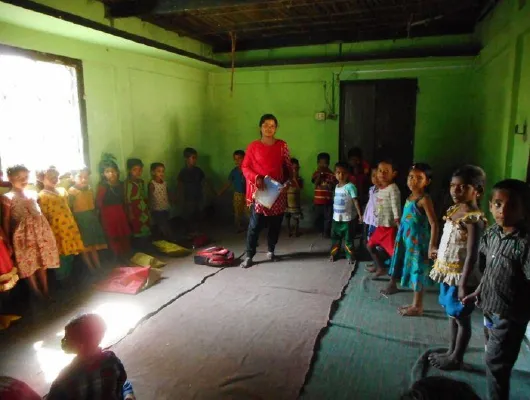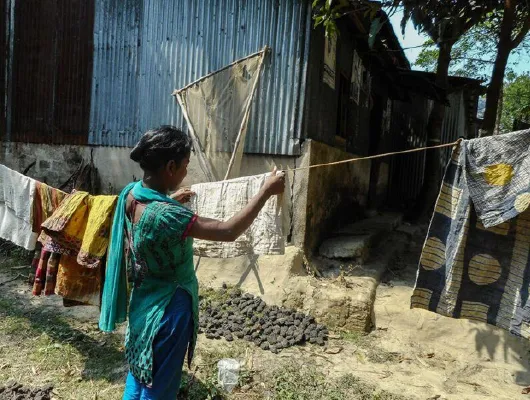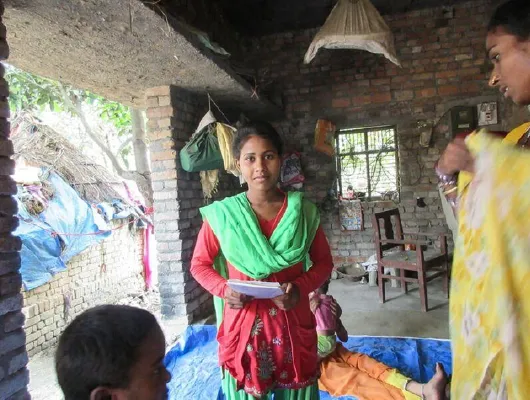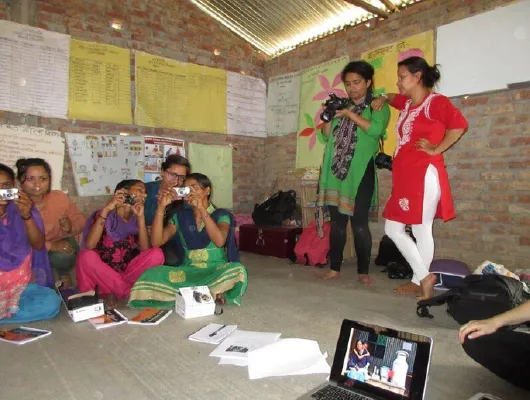What is Photovoice?
Photographs and captions created by adolescents and their family members in Nepal Bangladesh allowed for Tipping Point to evaluate how its programs helped empower girls, change gendered social norms, and contribute to an end of child, early, and forced marriage (CEFM). The results of Photovoice demonstrated that restrictive norms had loosened, adolescents girls had increased knowledge of sexual and reproductive health, parents had better relationships with their children, and some child marriages had been averted.
Photovoice was used as part of the monitoring, evaluation, and learning (MEL) approach for Phase 1 of Tipping Point. It builds on developmental evaluation and feminist evaluation principles – which, together, facilitate innovation and prioritize learning.
Confronting child marriage at its roots
Child marriage is a complex and persistent issue impacting girls and women throughout their lives in many parts of the world. Focusing on only one angle, like education or work, cannot solve these issues at their root – we need to look and think more deeply for solutions.
The Tipping Point initiative addresses child marriage by empowering girls and women in diverse ways from their family and social relationships to work opportunities, confidence, health, and more.
The initiative’s unique approach is anchored around a 10-year plan to tackle the underlying causes of child marriage. Real, lasting change can happen when work goes beyond helping individuals, and reshapes the harmful norms at the problem’s core.
Through 4 years of innovation and advocacy work in Nepal and Bangladesh, the initiative’s pilot projects have shown the potential to reach a tipping point of sustainable change in critical regions.
What real change looks like
Every day, 39,000 girls become child brides, often married to much older men. Around the world, 700 million women alive today were married before they turned 18. They often have no choice and no voice in the decisions that impact their lives, such as who to marry or if, when and how many children to bear.
The following photographs are stunning glimpses into the lives of women and girls in Bangladesh and Nepal, where child marriage is a fact of daily life.
Participants, many of whom had never taken a photo, received cameras to document the differences they saw in their everyday lives since Tipping Point joined their villages.
Using the Photovoice methodology, through their own photographs and stories, they captured moments of newfound freedom to move independently, support themselves financially and work together with men and boys, converse intimately with their families, become star athletes, and much more.

